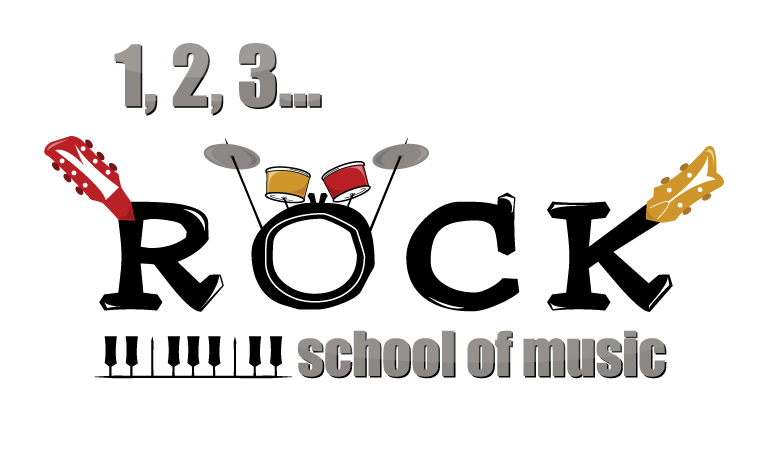Over the past few years, Latin music has experienced an unprecedented surge in popularity, transcending cultural boundaries and reshaping the global music landscape. From reggaeton and bachata to salsa and Latin pop, artists from Latin America and the Spanish-speaking world are not only dominating charts but also influencing various genres across the globe. In this blog, we’ll explore the remarkable rise of Latin music, its cultural significance, and the ways it continues to impact the music industry and beyond.
-Thursday, October 17th
Latin music is more than just a genre; it’s a vibrant reflection of the rich cultural heritage and diversity of the Spanish-speaking world. With roots that span decades and a myriad of influences from African rhythms to indigenous sounds Latin music embodies a unique blend of history, emotion, and storytelling.
The recent resurgence of interest in Latin music can be attributed to three main factors:
• Globalization:
The world is more interconnected than ever. Streaming platforms have made it easy for audiences to discover music from different cultures, allowing Latin artists to reach a broader audience. Songs that were once only popular in Latin America are now resonating with listeners in Europe, Asia, and beyond.
• Social Media:
Platforms like TikTok and Instagram have played a pivotal role in popularizing Latin music. Viral dance challenges and trends featuring Latin tracks have introduced millions to the genre, making it a staple in contemporary pop culture. For example, tracks like “Despacito” and “Taki Taki” not only topped charts but became global phenomena thanks to social media virality.
• Streaming Services:
They have revolutionized how we consume music, and they have been especially beneficial for Latin artists. Platforms like Spotify, Apple Music, and YouTube have curated playlists dedicated to Latin genres, making it easier for fans to discover new artists. For instance, Spotify’s “Viva Latino” playlist has millions of followers and showcases a wide range of Latin music, from mainstream hits to underground gems.
Additionally, these platforms offer artists data insights that can help them tailor their music and marketing strategies. By analyzing listener demographics and engagement, artists can better understand their audience and connect with fans more effectively.
Key Players in the Latin Music Scene
Several artists have been instrumental in bringing Latin music to the forefront of the global music scene:
Bad Bunny: Often regarded as the face of modern reggaeton, Bad Bunny has shattered records and redefined the genre with his innovative sound. His album “El Último Tour Del Mundo” was the first all-Spanish-language album to be nominated for the Grammy for Album of the Year, showcasing the genre’s mainstream acceptance. With his unique blend of reggaeton, trap, and pop, Bad Bunny has opened doors for a new generation of Latin artists. J Balvin: Known for his catchy melodies and vibrant visuals, J Balvin has collaborated with a diverse range of artists, from Beyoncé to Cardi B, bridging cultural gaps and introducing Latin sounds to new audiences. His hit “Mi Gente” became a global anthem, emphasizing the power of Latin music to unite people from different backgrounds.
Karol G: With her empowering lyrics and genre-blending style, Karol G has emerged as a leading figure in Latin music, inspiring a new generation of artists and fans alike. Her collaborations with major artists and her chart-topping hits have made her a household name, showing that Latin female artists can achieve incredible success in a predominantly male industry.
Rosalía: Combining traditional flamenco with contemporary pop and urban sounds, Rosalía has gained international acclaim and is paving the way for a new wave of Spanish-language music. Her unique style and artistic vision have captivated audiences worldwide, proving that innovation is key in the ever-evolving music industry.
The Influence on Global Music Trends
Latin music is not just thriving; it’s also influencing other genres. The fusion of Latin rhythms with pop, hip-hop, and electronic music has created a rich tapestry of sounds. This cross-pollination is evident in:
- Collaborations:
The collaboration between Latin artists and mainstream musicians has become increasingly common. Tracks that blend English and Spanish lyrics are gaining traction, appealing to diverse audiences. Collaborations like “I Like It” by Cardi B, Bad Bunny, and J Balvin exemplify this trend. These cross-genre partnerships not only bring new sounds to the forefront but also create a cultural dialogue that enriches the music scene.
• Genre Blending:
Latin music’s rhythms are being incorporated into various genres, from pop to R&B, as artists experiment with new sounds. For instance, the influence of reggaeton can be heard in songs by artists like Dua Lipa and Justin Bieber, as they embrace Latin elements in their work. The growing presence of Latin elements in mainstream music is reshaping what we consider popular music.
Economic Impact and Recognition
The impact of Latin music extends beyond cultural influence; it also has significant economic implications. The Latin music market has shown remarkable growth, with revenues soaring in recent years. According to the Recording Industry Association of America (RIAA), Latin music saw an increase of 20% in revenue in 2022 alone, highlighting its economic viability and the demand for Latin artists. Moreover, major award shows are beginning to recognize the contributions of Latin music, with categories dedicated to Latin genres at the Grammys, Billboard Music Awards, and more.
This acknowledgment underscores the importance of Latin music in the global music industry. Events like the Latin Grammy Awards celebrate the richness of Latin music and its artists, providing them with the recognition they deserve on a global scale.
As Latin music continues to evolve, the future looks bright. With an influx of new talent and a growing appreciation for diverse musical styles, Latin music is poised to make an even greater impact on the global stage. The rise of independent labels and platforms is enabling more artists to share their voices, ensuring a continuous flow of fresh, innovative music. Furthermore, as conversations around diversity and representation grow, Latin music will likely play a crucial role in pushing these discussions forward, emphasizing the importance of inclusion in the music industry.


